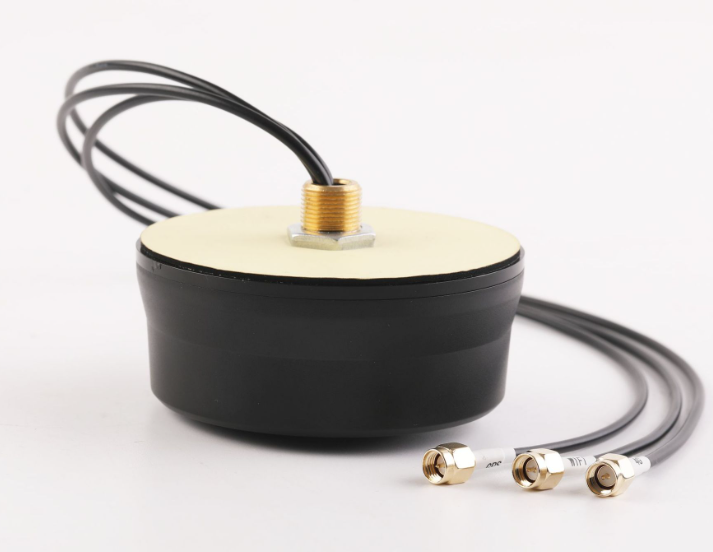Gps antenna size (GPS antenna size, key factor affecting positioning accuracy)
With the wide application of Global Positioning system (GPS) technology, the performance of GPS antenna, as a key component of receiving GPS signals, plays an important role in positioning accuracy. The size of GPS antenna, as one of the important factors affecting its performance, has also attracted much attention. This paper will discuss the influence of GPS antenna size on positioning accuracy, and introduce the application scenarios of GPS antennas with different sizes.
 Size and performance of GPS Antenna
Size and performance of GPS Antenna
1. Overview of GPS antenna size
The size of GPS antenna usually refers to the size of antenna oscillator, including length, width and height. Different sizes of GPS antennas have different ability to receive GPS signals, which affects the positioning accuracy.
2. The effect of size on reception performance.
(1) gain: the larger the size of the antenna, the higher the gain, which means that the GPS signal can be received more strongly, thus improving the positioning accuracy.
(2) Beam width: the larger the antenna size, the wider the beam width, which can cover more GPS satellite signals, which is helpful to improve the positioning accuracy.
(3) multipath effect: when the size of the antenna is small, it is easy to be affected by the multipath effect, which leads to the decrease of positioning accuracy, while the large size antenna can better resist the multipath effect.
Application scenarios of GPS antennas with different sizes
1. Small size GPS antenna
Small size GPS antenna is usually used in portable devices, smart phones and other consumer electronic products. Because of its small size and light weight, it is easy to be integrated into the device, but the positioning accuracy may be limited.
2. Medium size GPS antenna
Medium-size GPS antennas are widely used in vehicle navigation, outdoor sports, measuring instruments and other fields. This kind of antenna has good reception performance and positioning accuracy, and can meet the needs of most application scenarios.
3. Large size GPS antenna
Large-size GPS antennas are usually used in the field of high-precision positioning, such as aviation, navigation, scientific research measurement and so on. This kind of antenna has high gain and beamwidth, can resist multipath effect and achieve high-precision positioning.
Relationship between GPS Antenna size and Positioning accuracy
The size of the GPS antenna is one of the important factors that affect the positioning accuracy. In the ideal environment, the larger the antenna size is, the stronger the received GPS signal is, and the higher the positioning accuracy is. In practical applications, other factors, such as multipath effect, environment around the antenna, equipment performance, etc., should be considered comprehensively according to the specific application scenarios and requirements when selecting the GPS antenna.
The size of GPS antenna is one of the key factors affecting the positioning accuracy of GPS. Different sizes of GPS antennas have different performance and application scenarios. When selecting GPS antennas, comprehensive consideration should be made according to the actual requirements in order to achieve the best performance and positioning accuracy. With the continuous development of global positioning system technology, the performance requirements of GPS antennas will continue to improve, for different application scenarios. It will be a trend to develop GPS antennas with higher performance and smaller size.
Prospects and suggestions
1. The performance differences of GPS antennas with different sizes are further studied to provide a more powerful theoretical basis for practical application.
2. Strengthen the cooperative design of GPS antenna and receiver to improve the overall performance of the system.
3. According to different application scenarios, GPS antennas with high performance and small size are developed to meet the market demand.
4. Improve the anti-jamming ability of GPS antenna to meet the positioning requirements in complex environment.
The size of GPS antenna is one of the key factors that affect the positioning accuracy. Through in-depth understanding of the performance characteristics and application scenarios of different size GPS antennas, we can choose a more suitable GPS antenna for practical applications, so as to achieve higher positioning accuracy and better performance.





